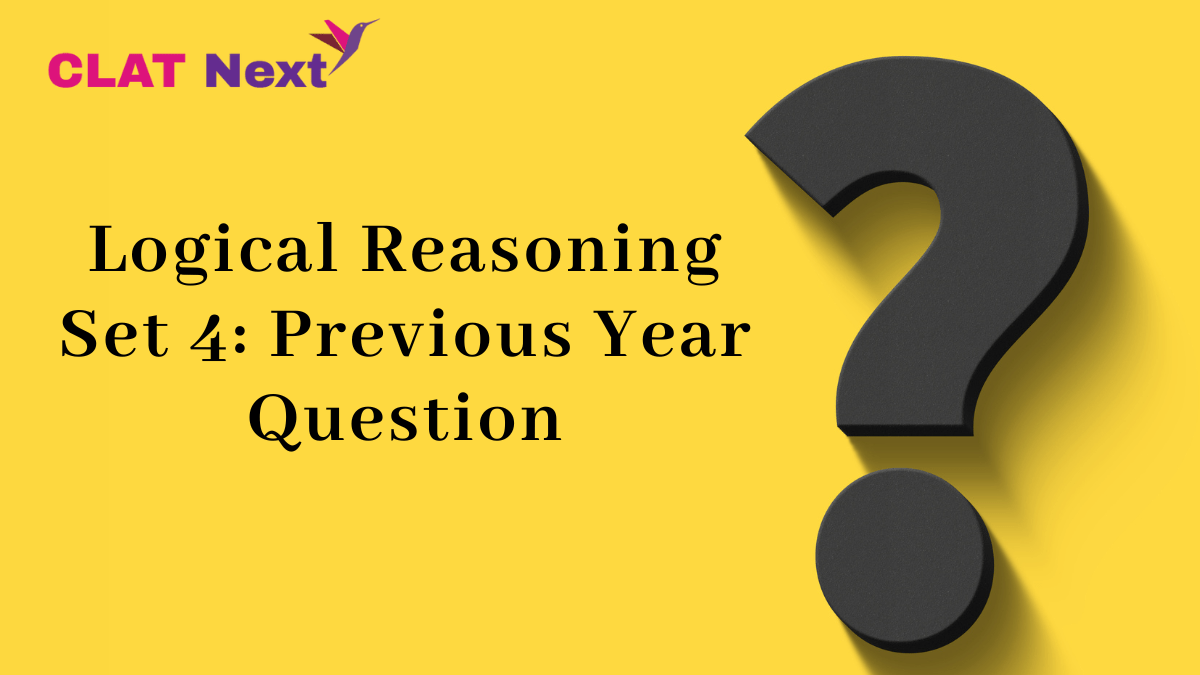Logical Reasoning Set 4: Asia is on the front lines of climate change, facing extreme heat in countries like India, Pakistan, and Bangladesh, as well as dealing with wildfires in Australia and typhoons in Japan. The impact of climate change is becoming more evident, and a McKinsey report highlights that without adaptation and mitigation, Asia could suffer severe socioeconomic consequences. The threat is especially real for major cities in the Indian Subcontinent, which could be among the first to endure heat waves beyond survivability thresholds. Just as cybersecurity is now integral to decision-making, climate change needs to be a key factor in shaping our choices.
Climate science warns us that some warming is inevitable due to past emissions, and temperatures will keep rising. India’s ambitious $1.77 trillion infrastructure plan over the next decades must consider climate resilience. Encouragingly, some Indian cities, like Ahmedabad, are taking proactive measures, such as introducing heat action plans with early warning systems, reflective roofs, and initiatives to provide cool water during heatwaves. Additionally, the country’s rapid growth in renewable energy offers hope, with the potential to contribute 30% to electricity generation by 2030, according to the Central Electricity Authority.
Questions
Which of the following cannot be inferred from the above passage?
(A) We really need to protect ourselves from the dangerous impacts of climate change.
(B) If we use more strategies to deal with climate change, it might end up causing more pollution.
(C) Our main focus should be on cutting down on emissions that trap heat and harm the environment.
(D) When we plan our infrastructure development, let’s make sure it’s good for the climate.
CORRECT OPTION: B
Consider the following statements:
I. The impact of increasing heat is more on the ones who are economically poor and engaged in outdoor employment.
II. Risk to environment is directly related to change in climate.
III. A localised understanding of climate risk is essential to mitigate the risk. As per the above passage, which of these statements is implicit?
(A) I only.
(B) I and II.
(C) I, II and III.
(D) I and III.
CORRECT OPTION: C
How can we make sure we’re not using a strategy that’s not helpful in reducing the risks of climate change?
(B) Carbon Pricing System.
(C) Decarbonising industrial operations and buildings.
(D) Investments in adaptive technologies.
CORRECT OPTION: A
As per the above passage, which of the following is a major challenge to control the climate change?
(A) Relying heavily on non-renewable energy sources plays a big role in boosting our economy.
(B) Nowadays, we’re using renewable energy in various sectors to tackle the growing threat of climate change.
(C) It’s a good idea to take steps to address climate change and reduce the risk of global warming.
(D) Striking a balance between development and protecting the environment is achievable through carefully regulated industrialization.
CORRECT OPTION: A
How do you think we can make decisions that are as informed and integrated with climate change considerations, similar to how information systems and cybersecurity have become essential in corporate and public-sector decision-making?
Which of the following is the most appropriate explanation for the above statement?
(A) Decision making by organisations should not depend on the climate conditions which may lead to hampering their growth.
(B) Monetary investments in adoption of climate friendly tools is not an urgent need. (C) The understanding of climate risk should not be integrated into decision making.
(D) Organisations must incorporate climate risk, build the necessary infrastructural capabilities and tools to diagnose risks.
CORRECT OPTION: D
Read Also: Logical Reasoning Set 5: Previous Year Question 2021




